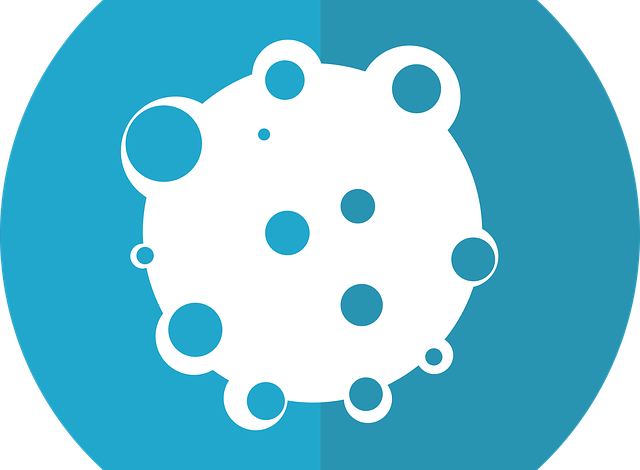
Cancer: When the Good Cells Go Bad
Cancer: When the Good Cells Go Bad
We have cells from head hair to toenails: skin cells, blood cells, neurons, about 200 types in total. Cells make up our muscles and bones. They help us convert food and oxygen into energy. They heal our wounds and keep us healthy. Like good soldiers, cells perform their vital duties with strict protocols and in astonishing order. They communicate and cooperate with the cells around them. Then, when they do their best, they commit suicide to make room for new, healthy cells.
But some cells become stubborn. These rogue cells usually realize they have done evil and then shut down before they cause harm. Others die quickly from the immune system. But some rogue cells find ways to survive. When that happens, cancer may develop. “Normal cells grow, divide, and use their cellular machinery according to predefined rules in the cells’ DNA,” says Glenn Weiss, MD, director of clinical research and an oncologist at our hospital near Phoenix. “Cancer cells don’t follow these rules.” When they begin to divide and turn into cancer, these stubborn cells break many of the rules of good cellular behaviour.
breaking the rules
For example:
- Normal cells know when to stop growing; Cancer cells grow with abandon regardless of the space around them.
- Normal cells kill themselves when they have finished their jobs, a process called programmed cell death. Cancer cells ignore the signs of dying, and without treatment, they can divide indefinitely and become nearly immortal.
- Normal cells communicate to help their host survive and thrive; Cancer cells only communicate to deceive the body’s defenses.
Among the many misbehaviors of cancer, few clinicians confuse and challenge patients more than malignancy, the ability of cancer to travel and establish colonies elsewhere in the body. “It is the metastatic tumor that kills most patients with advanced cancers, not the primary tumor,” Dr. Weiss says. Metastasis is responsible for 90 percent of all cancer deaths. This is why it is important to know how and why this happens. An increasing understanding of the process of metastases is leading to new diagnostic tools for their detection and new treatments to combat them.
Doctors can remove tumors with surgery, shrink them with radiation and chemotherapy, or attack them by activating the body’s immune system. But some cancers do roam, migrate from their original tumors and disappear from conventional screening and treatments. Then it can appear months or years later, and is often more resistant to treatment than the original cancer.
permanent survivors
Metastasis also shows how resilient and resourceful cancer cells are. Since cancer cells are not normal, they really shouldn’t be able to withstand the harsh environment inside the human body. But some cancer cells gain their strength and cunning as they grow, becoming solid travellers. “Think about all the things a cancer cell needs to do to survive,” says Walter Cowan, MD, chief of medical oncology and director of immunotherapy at our hospital near Phoenix. “It breaks off from the original tumor and travels through the bloodstream, which is like turbulent water, and it has to live without drowning. Then it settles into an environment that has absolutely no nutrients. So, it has to build a place to survive, feed, and reproduce. And by the way, when The immune cells come in to make sure nothing happens, they have to hide from them.”
As the researchers were able to record the journeys of metastatic cancer cells, they developed a better understanding of their dishonest behavior.
The ultimate goal of the scientists is to trap and eventually kill these wandering invaders wherever they may be.
Until then, lessons revealed in current clinical trials are helping oncologists learn about the limitations of some treatments. “There is still a lot to learn about how to prevent and treat metastatic lesions,” Dr. Weiss says. “For example, in lung cancer, there are differences between the characteristics of metastatic lesions involving the liver, brain or bone, which is why there is still a lot of room to improve our treatments.”



